Global Consortium Identifies Best Management of Endometriosis
Endometriosis is a disease in which tissue similar to the endometrium, which normally grows inside the uterus, grows outside the uterus instead. Although the exact number of women affected by endometriosis is not known, current estimates suggest that 176 million women worldwide may be affected by the condition.

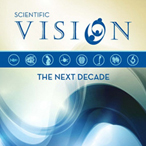
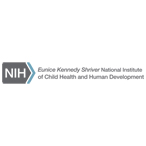


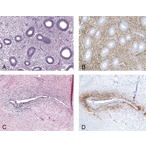
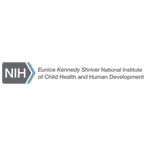

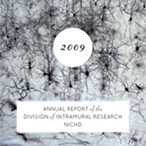
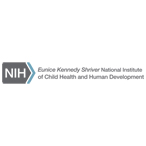
 BACK TO TOP
BACK TO TOP